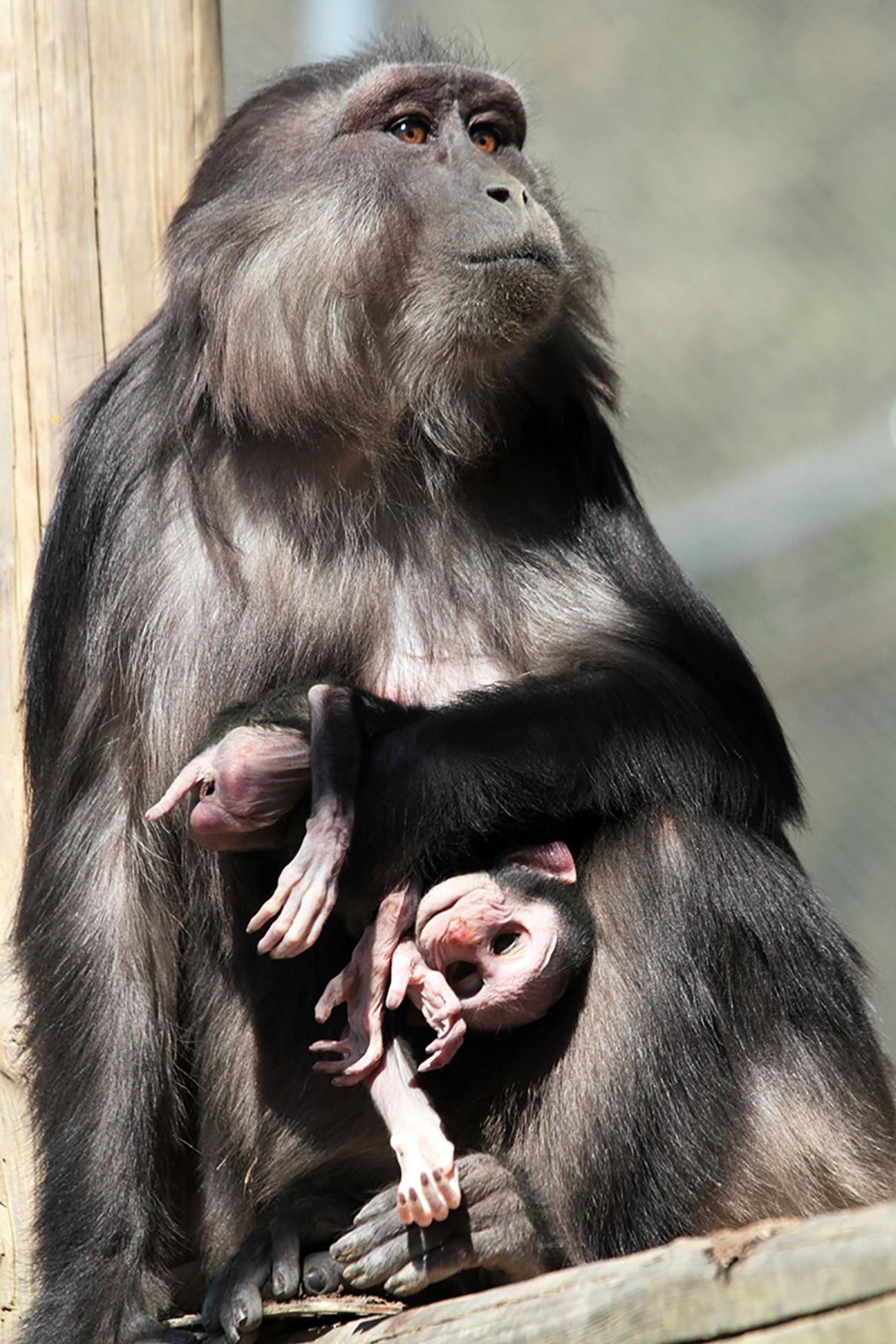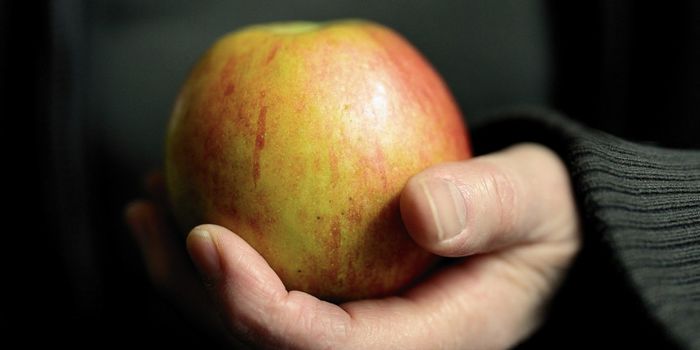Tonkean Macaque Devours Her Deceased and Mummified Baby, A First for the Species
A female Tonkean macaque located in the Parco Faunistico di Piano dell’Abatino animal sanctuary in Italy left researchers baffled after they witnessed her munching on the mummified corpse of her deceased baby.
Image Credit: Arianna De Marco via National Geographic
Although animal experts have seen this kind of cannibalistic behavior in other primate species previously, this was a first for Tonkean macaques. With that in mind, a team of researchers led by Arianna De Marco have published their observations in the journal Primates.
Related: Baby macaques smile in their sleep, just like humans do
The mother is a young female that goes by the name of Evalyne, and her baby only survived a mere four days after birth before perishing. Evalyne purportedly carried her dead youngling everywhere she went, which is typical when a Tonkean macaque grieves a lost loved one.
Following the death, the researchers started describing unusual behavior in Evalyne, reminiscent of a mother in emotional distress. Evalyne exhibited signs of frustration as she screamed and howled at her reflection in the enclosure’s door, almost as if she couldn’t bear to look at herself in disappointment.
Even long after the body deteriorated, Evalyne cared for the corpse. She continued to groom and lick it, almost as if she believed the baby was still alive and in need of motherly care.
Only after the body’s head, fur, and skin began falling off did Evalyne partake in her odd behavior; she started nibbling on the bony remnants, piece by piece until just a single bone remained from the body.
“It is difficult to give an explanation for this behavior,” De Marco, explained. “The dramatic change of maternal behavior from caretaking to cannibalistic attitude is astonishing.”
Related: Thailand-based macaques adapt their stone tool usage for something new
So why was the behavior so odd? – Not only haven’t researchers seen this kind of behavior in a Tonkean macaque before, but they never anticipated that such a thing could ever happen either. Tonkean macaques are vegetarians by nature, so they typically avoid eating other animals; their own kind included.
What researchers are trying to figure out now is why Evalyne continued caring for the (obviously) lifeless and bony corpse and then went on to eat it afterward. One theory is that a bonding component played a role in her behavior, exacerbated by the infant's mummification, which made the corpse seem more life-like.
The study illuminates how we still have much to learn about macaques, and it raises the question of whether this behavior might occur in the wild more often than we’re aware.
Either way, the study is both haunting and intriguing at the same time. The findings will undoubtedly spark interest for additional research into macaques' unique behavioral patterns in the future.
Source: National Geographic, Phys.org









